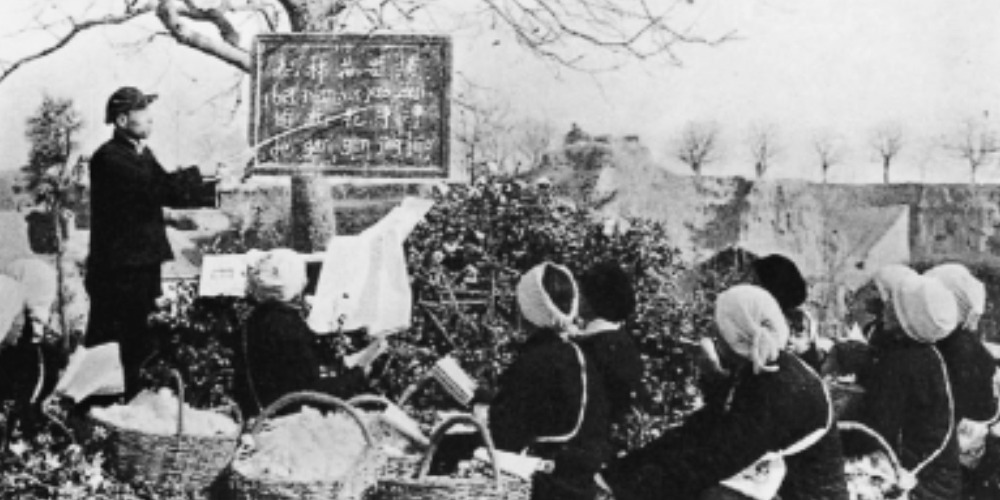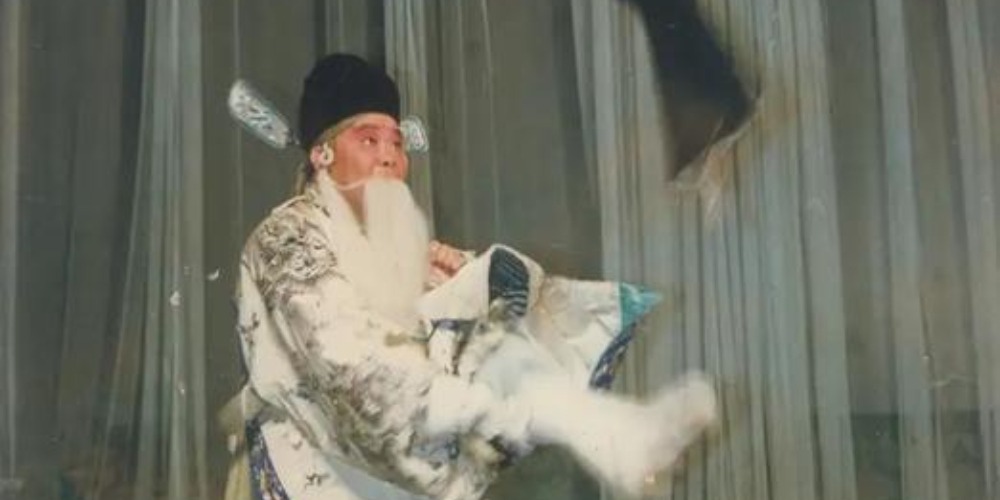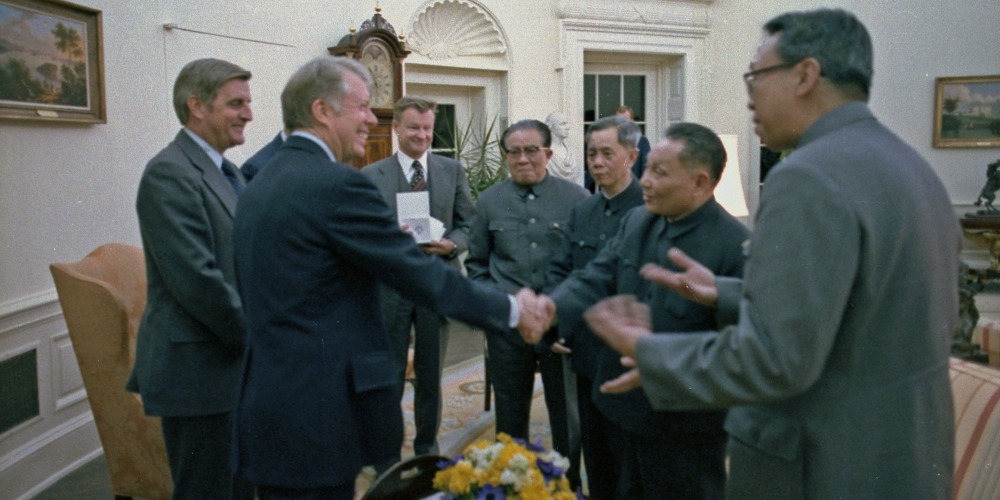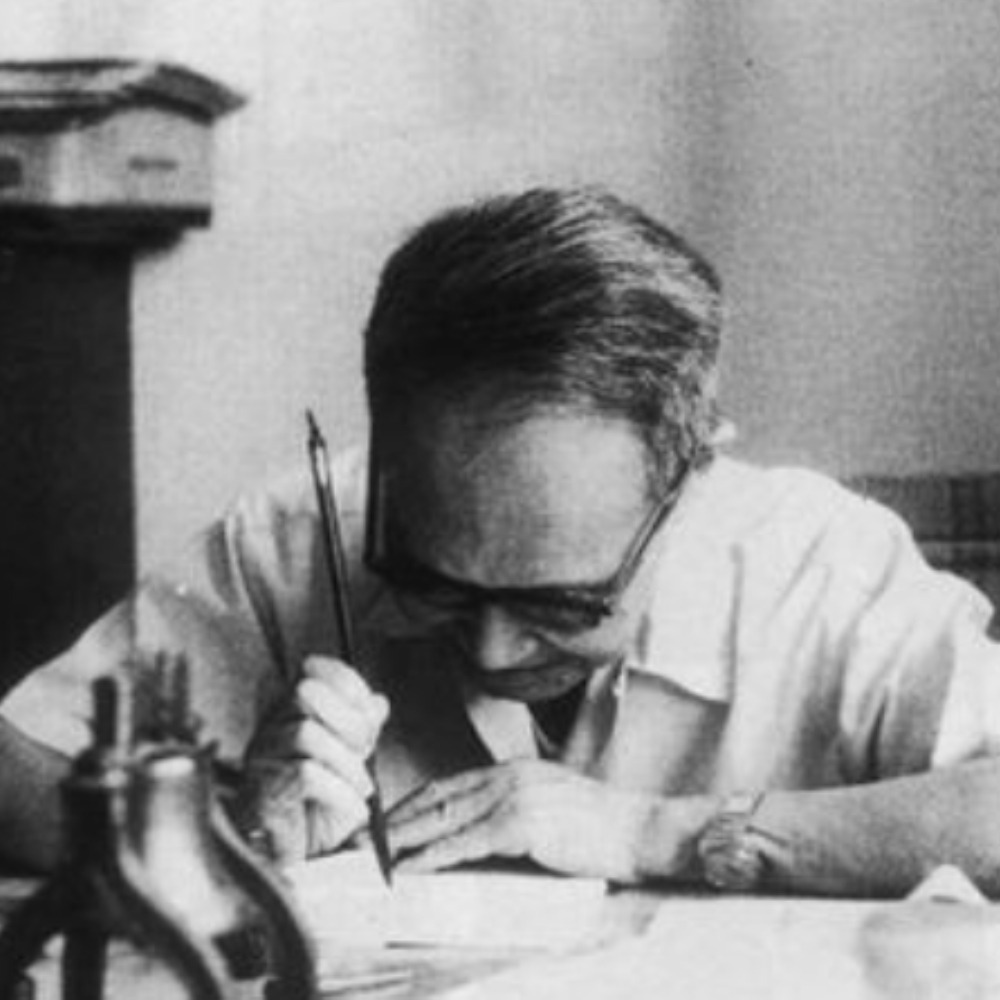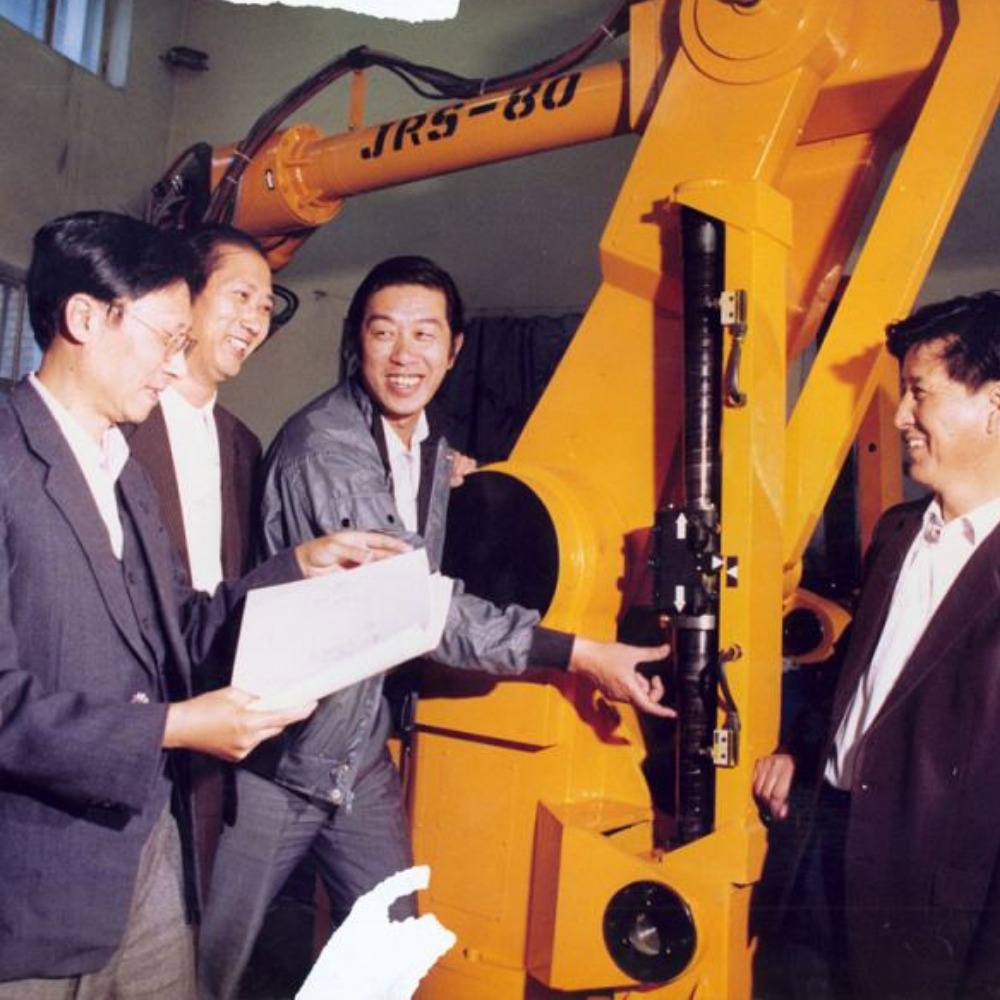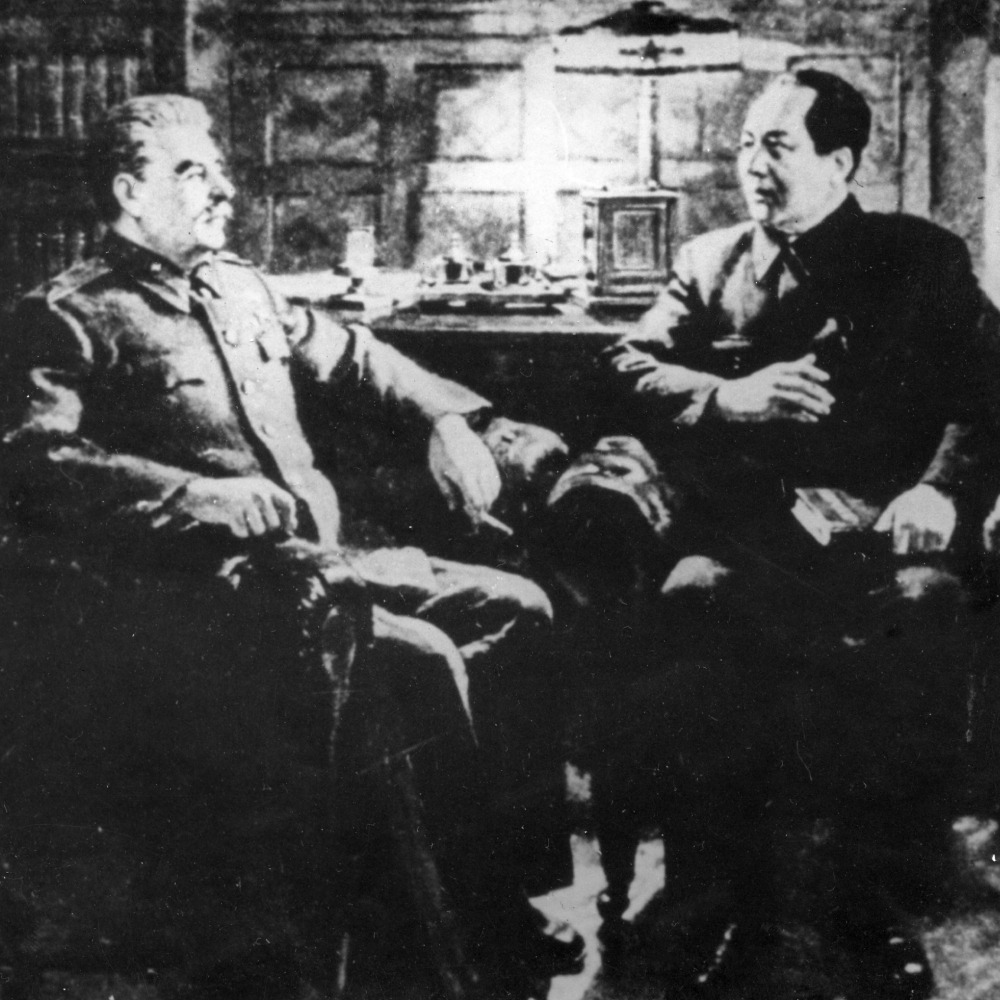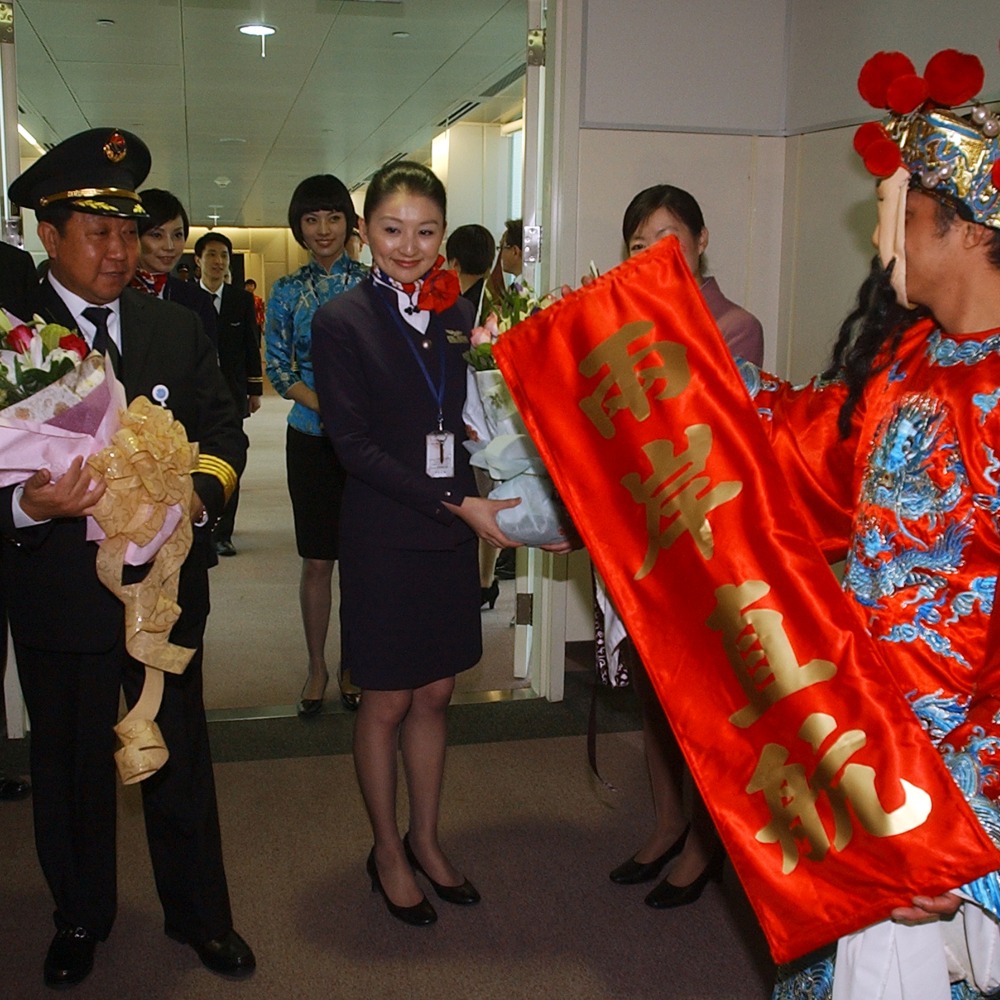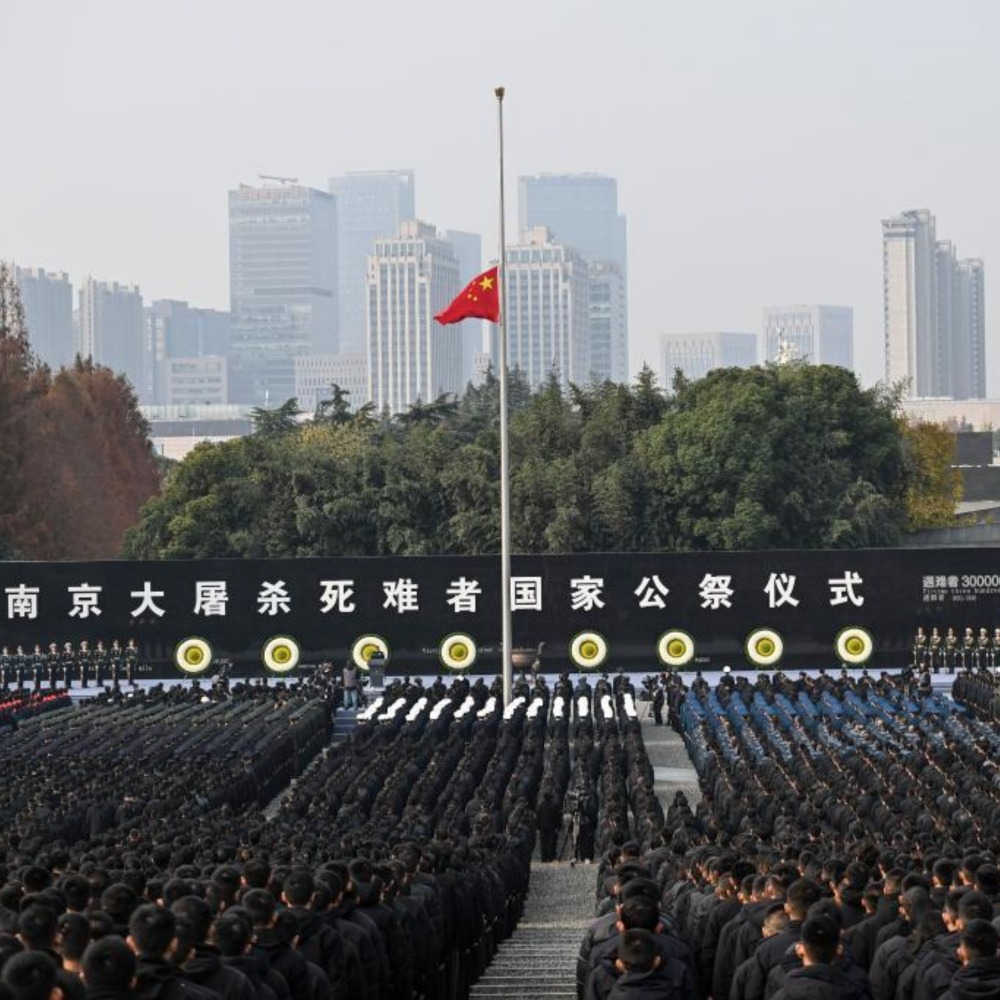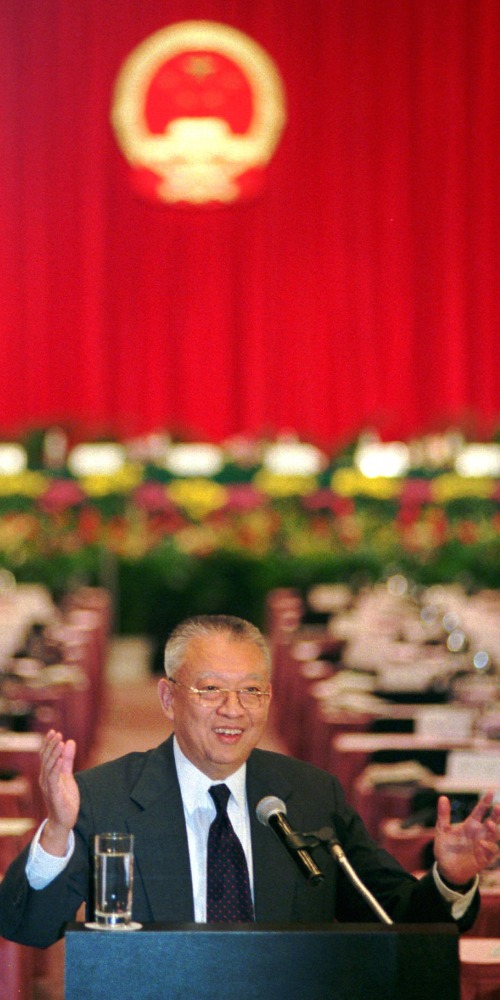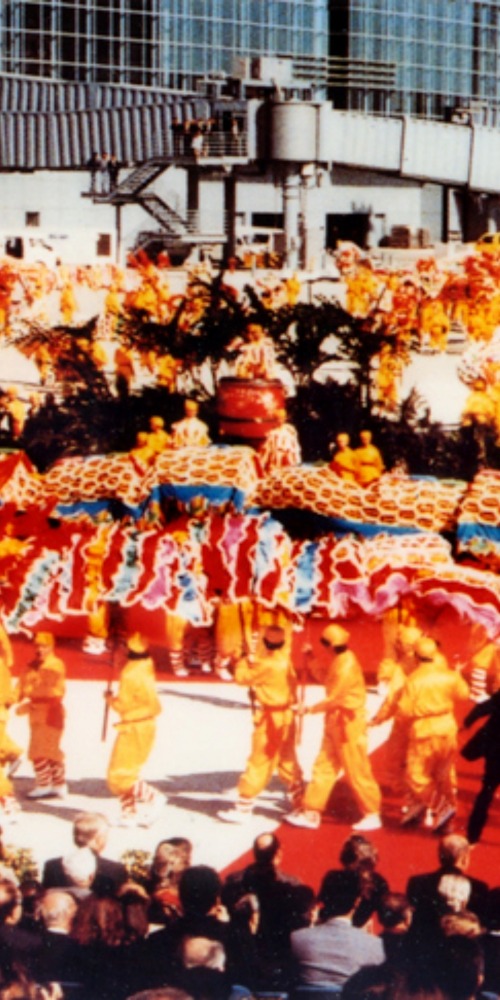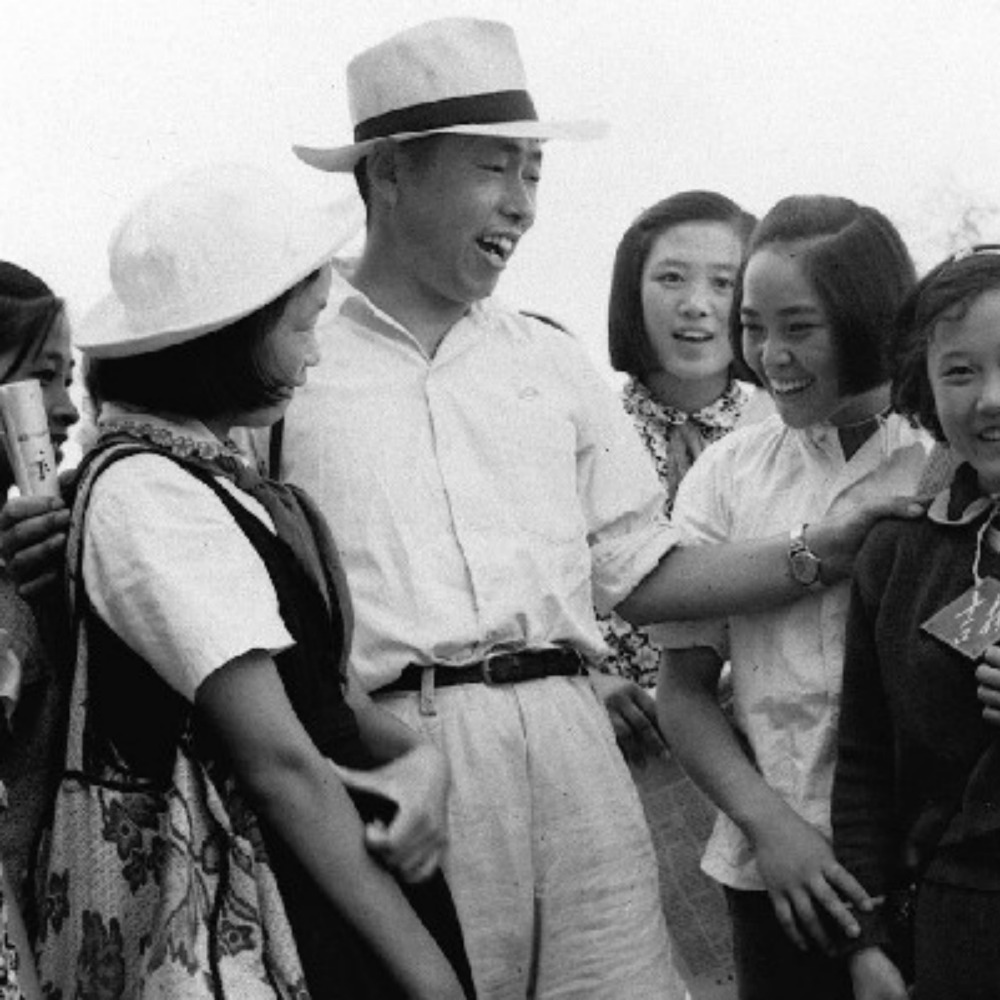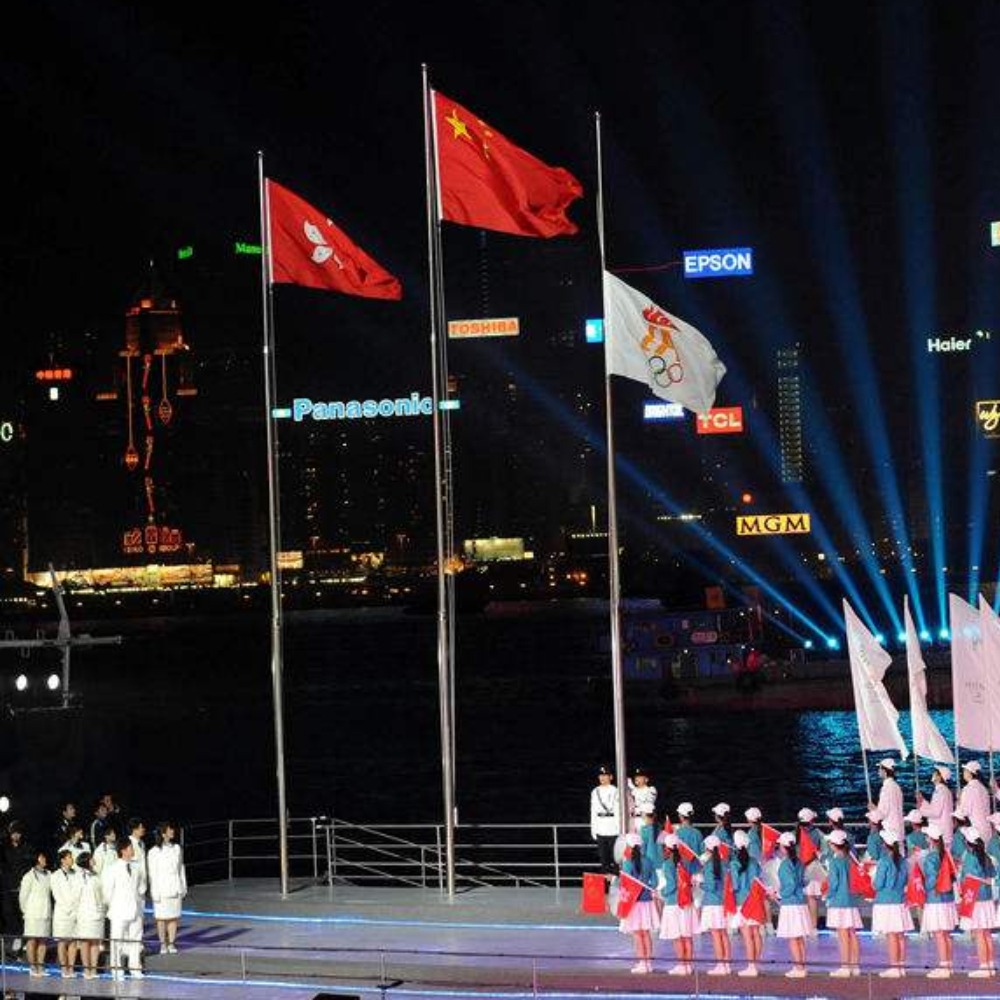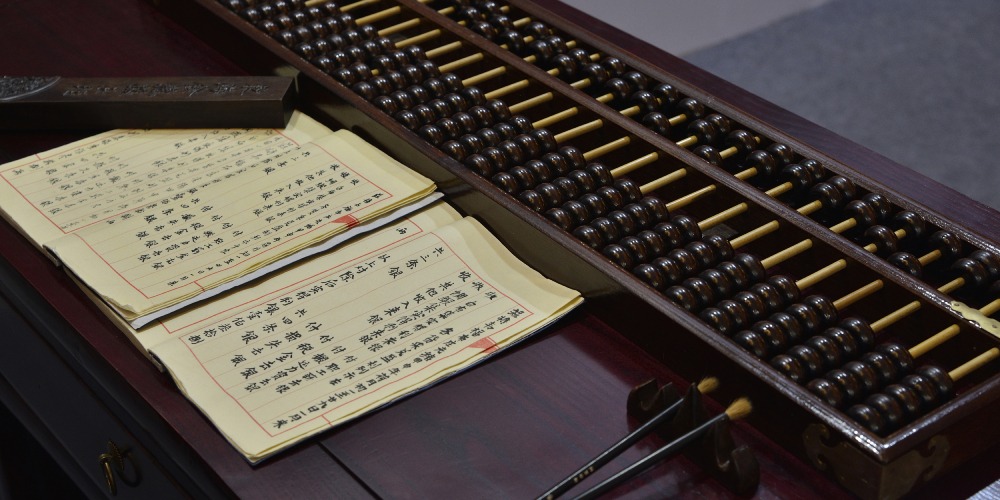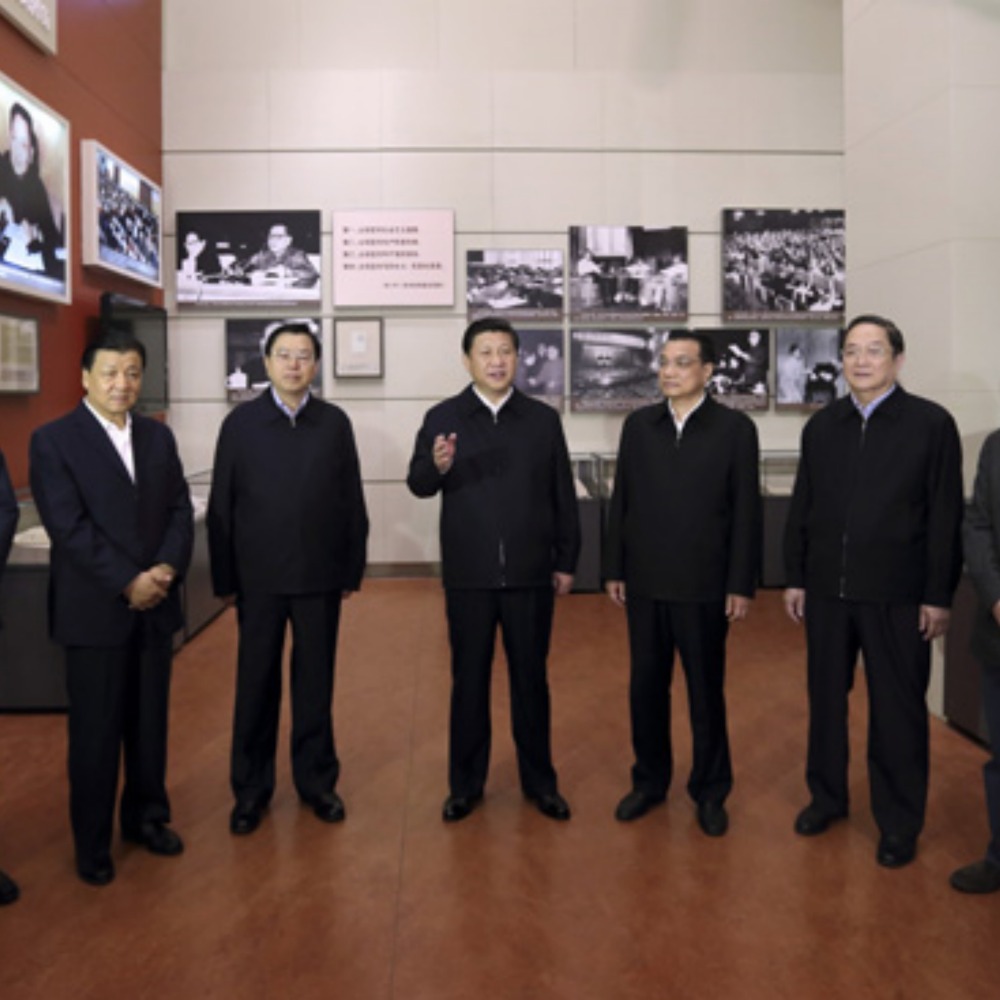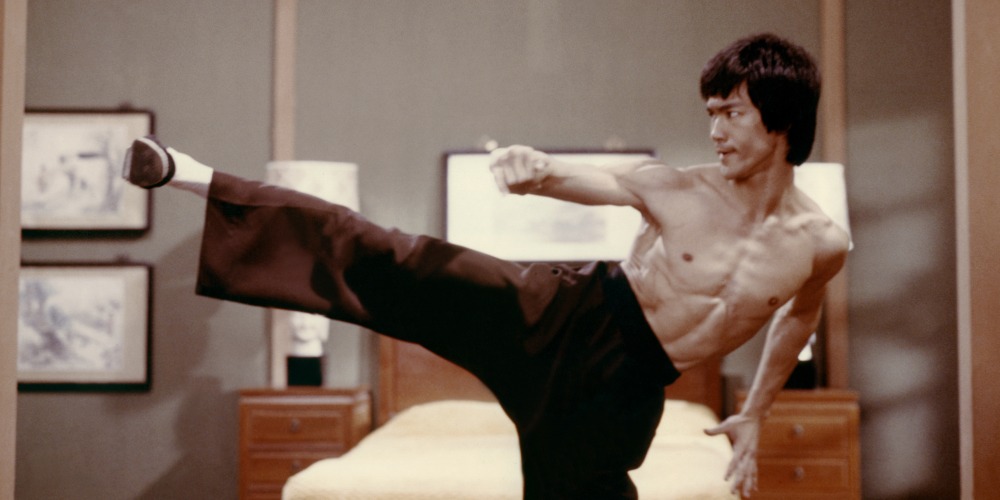Published : 2025-01-31
The State Council promulgated the "Scheme for Simplifying Chinese Characters" on January 31, 1956, which included 515 simplified characters and 54 simplified radicals, to be implemented in four stages.
The publication of the "Scheme for Simplifying Chinese Characters" was the first time in Chinese history that popular simplified characters (also known as vulgar or handwritten characters) were organized and legislated as the standardized characters for social use.
In the history of China, Chinese characters have always been divided into traditional and simplified forms.
Traditional characters have been passed down as orthodox text, while simplified characters, referred to as vulgar characters, were mainly used among the general populace.
During the War of Resistance Against Japanese Aggression and the War of Liberation, simplified characters were quite popular among the people. At that time, mimeographed books and newspapers in the liberated areas adopted and created many simplified characters.
With the in-depth development of the revolutionary movement among the people, simplified characters became popular nationwide and were called "liberation characters."
After the founding of New China, due to a significant number of illiterate and semi-literate individuals in society, to enable them to quickly master the use of characters, Mao Zedong proposed the suggestion to first simplify Chinese characters as part of the script reform in June 1950.
In October 1950, the Ministry of Education compiled the first draft list of simplified characters, totaling 550 characters. Subsequently, the Research Committee on Language Reform of China was established and collected and organized some widely-used simplified characters in folk use, formulating a draft of commonly used simplified characters by the end of 1952, which included 700 simplified characters.
After reviewing the first draft, Mao Zedong(毛澤東) believed that the 700 simplified characters were not simple enough and pointed out that in creating simplified characters, more use should be made of the cursive script, identifying simplification patterns to form basic shapes for systematic simplification.
The number of Chinese characters also needed to be significantly reduced. Only by simultaneously simplifying both in form and quantity could it be considered simplification.
According to Mao Zedong's opinions and instructions, the Research Committee on Language Reform of China decided to combine the work of simplifying the forms of Chinese characters with the work of reducing their numbers.
In November 1954, they compiled the draft of the "Scheme for Simplifying Chinese Characters" and submitted it to the central government for approval, which was eventually promulgated by the State Council on January 31, 1956.
